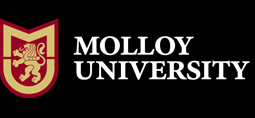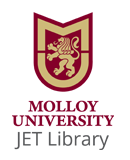Developing Bone-Targeting Chelation Therapeutics for 90-Sr Poisoning
Faculty Department
BCES
Presentation Type
Powerpoint
Location
H239
Zoom Link
Start Date
26-2-2025 1:25 PM
End Date
26-2-2025 1:45 PM
Description (Abstract)
Radioactive strontium (90-Sr) is a long-lived nuclear waste product, a widespread pollutant, and a largely unaddressed health hazard [1]. Accidentally ingesting radiostrontium-contaminated food or water causes it to rapidly accumulate in bones, where it predisposes impacted individuals to bone cancer and leukemia [2]. Here, we endeavor to synthesize a small molecule that can selectively extract 90-Sr over crucial bone metals like calcium as a treatment for radioactive strontium poisoning.
Keywords
nuclear countermeasures, radionuclide decorporation, drug discovery
Related Pillar(s)
Study
Developing Bone-Targeting Chelation Therapeutics for 90-Sr Poisoning
H239
Radioactive strontium (90-Sr) is a long-lived nuclear waste product, a widespread pollutant, and a largely unaddressed health hazard [1]. Accidentally ingesting radiostrontium-contaminated food or water causes it to rapidly accumulate in bones, where it predisposes impacted individuals to bone cancer and leukemia [2]. Here, we endeavor to synthesize a small molecule that can selectively extract 90-Sr over crucial bone metals like calcium as a treatment for radioactive strontium poisoning.




Short Biography
Anthony Sementilli, Ph.D., is an Assistant Professor of Chemistry in BCES. Before joining Molloy University, he was a principal radiopharmaceutical production chemist at Stony Brook University Hospital—where he synthesized imaging agents for clinical research. Currently, his main research interests are in developing peptide-inspired materials and pharmaceutical countermeasures to internalized radioactive pollutants. He is also interested in experimenting with active, tactile learning modules in the classroom.
Dr. Sementilli holds a Ph.D. in Biomolecular Chemistry from Emory University, and a B.S. from Saint Joseph’s University.